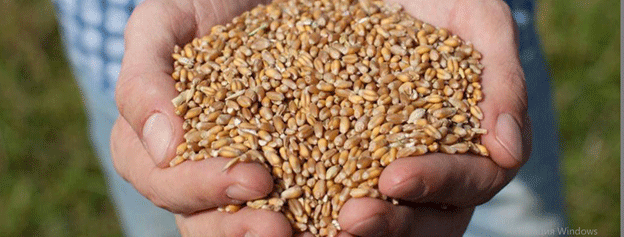Winter Crops Drive Regional Agricultural Growth
The agricultural sector in Zaraysk, Moscow Region, is demonstrating remarkable efficiency as farmers wrap up the sowing season for winter crops. By spring 2025, they will have sown more than 23,000 hectares of crops such as wheat, rye, triticale, and rapeseed. Across the entire region, approximately 100,000 hectares are now prepared to withstand the winter season, according to the Ministry of Agriculture and Food of the Moscow Region.
A Timely and Efficient Process
The sowing campaign in Zaraysk begins immediately after harvest, typically running from late summer to the onset of winter. As of now, 86% of the sowing is complete. Farmers have emphasized speed and precision, ensuring that crops are planted in optimal conditions to maximize yields.
Triticale: The Star of the Season
Among the winter crops, triticale—a wheat and rye hybrid—has gained attention. It offers exceptional frost resistance, resilience to fungal and viral diseases, and low soil fertility requirements. Scientists and agronomists regard triticale as a promising crop for producing high-quality bread flour and livestock feed.
In addition to traditional grains, rapeseed has emerged as a key crop, with 18,300 hectares planted this season. Rapeseed is valued for its versatility, serving as a source of high-quality vegetable oil and biodiesel. Its inclusion in crop rotations also helps improve soil fertility and suppress weeds, making it an ecologically and economically sustainable choice.
Regional Contributions to the Total Output
The southern parts of the Moscow Region lead the sowing efforts. Beyond Zaraysk’s 23,000 hectares, significant contributions include 13,800 hectares in Lukhovitsy, 13,500 hectares in Serebryanye Prudy, and 5,100 hectares in Stupino. These regions highlight the collaborative effort required to achieve large-scale agricultural success.
The winter sowing campaign in Zaraysk and the broader Moscow Region is a testament to the region’s dedication to agricultural innovation and resilience. With promising crops like triticale and rapeseed, farmers are not only meeting the demands of today but also setting the stage for sustainable growth in the future. By prioritizing efficiency and crop diversity, these agricultural advancements ensure food security and economic stability in the face of changing climates and global challenges.
Error





